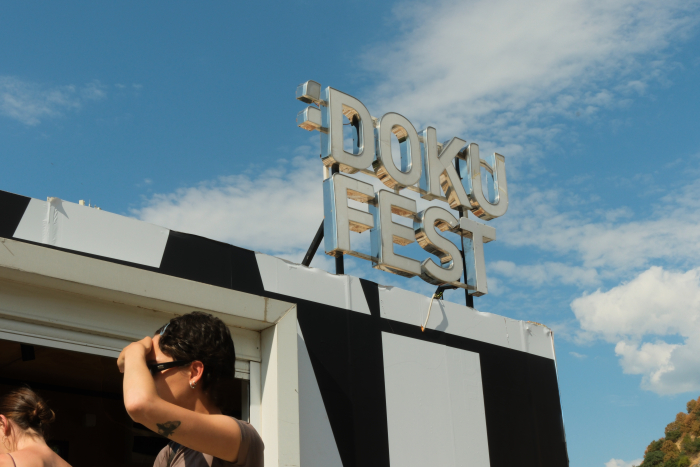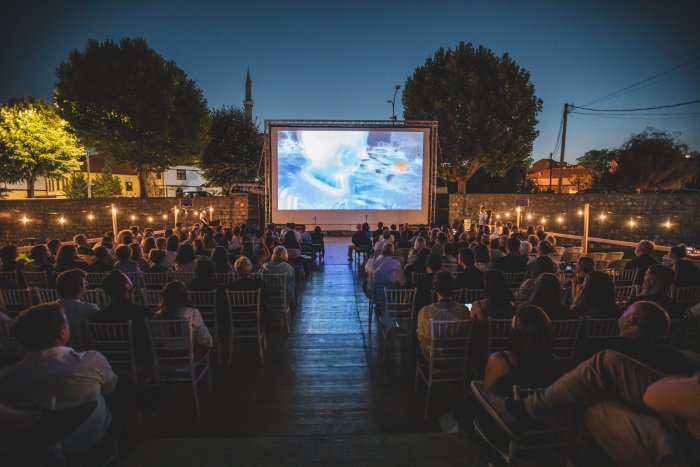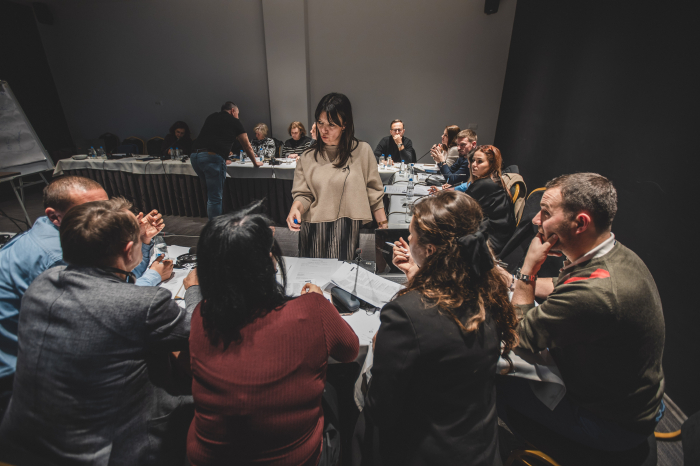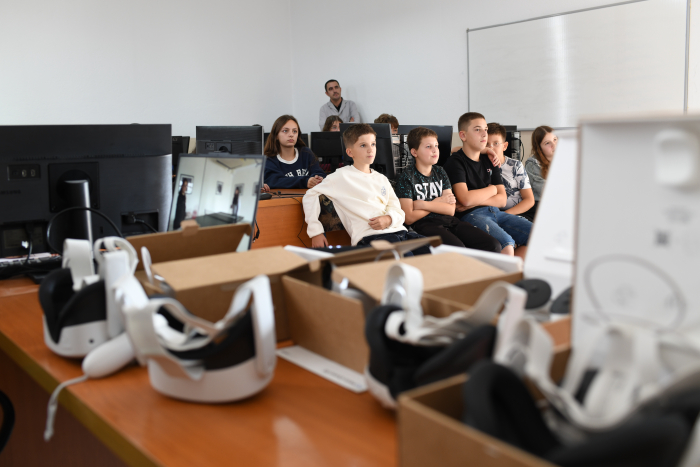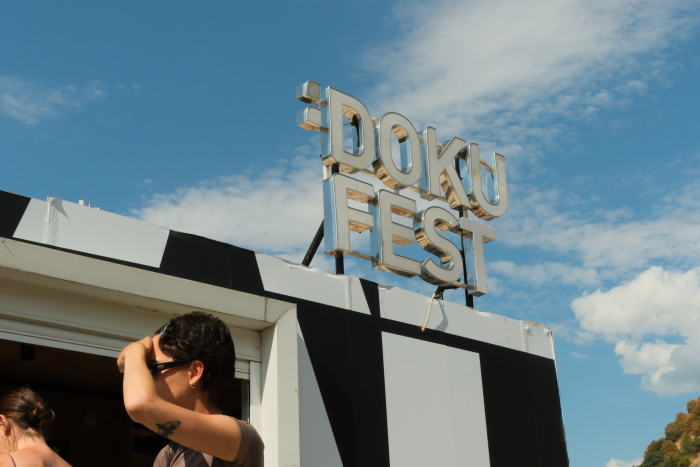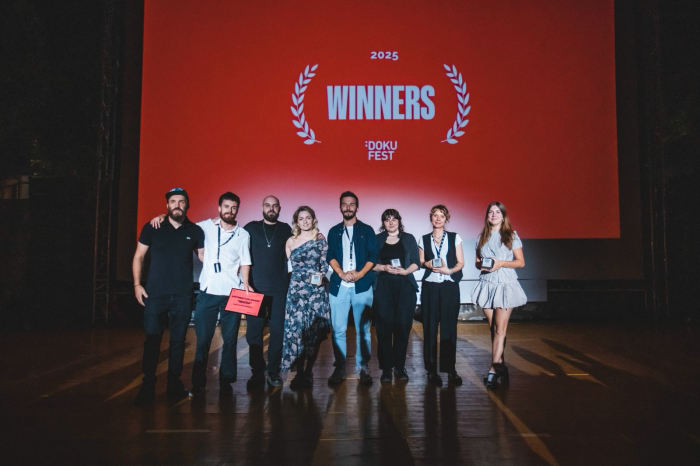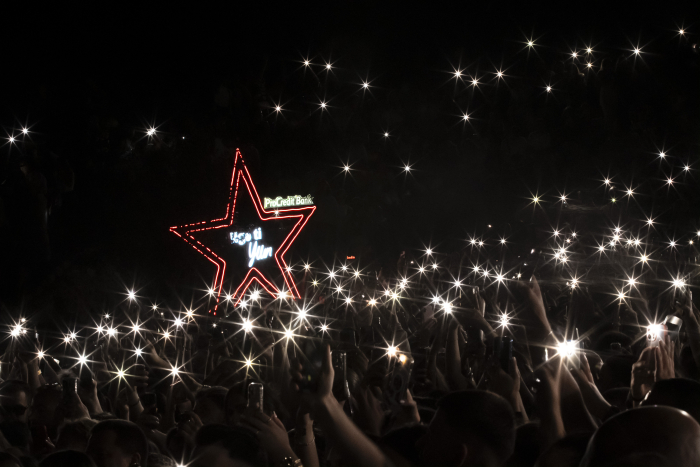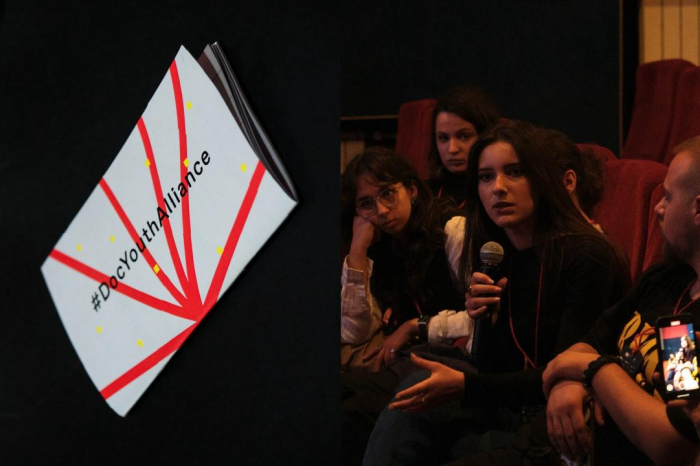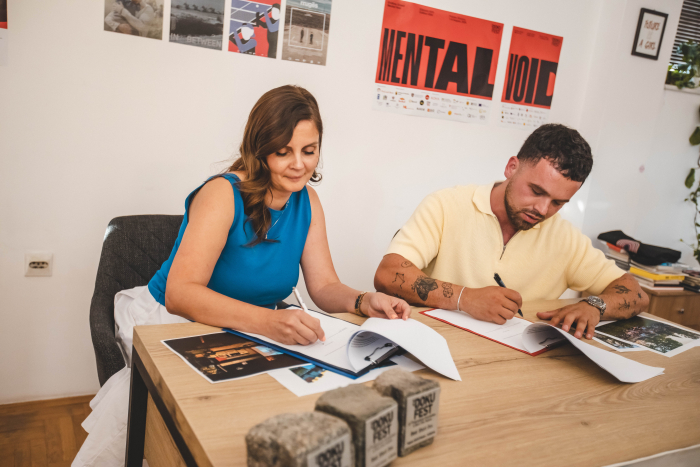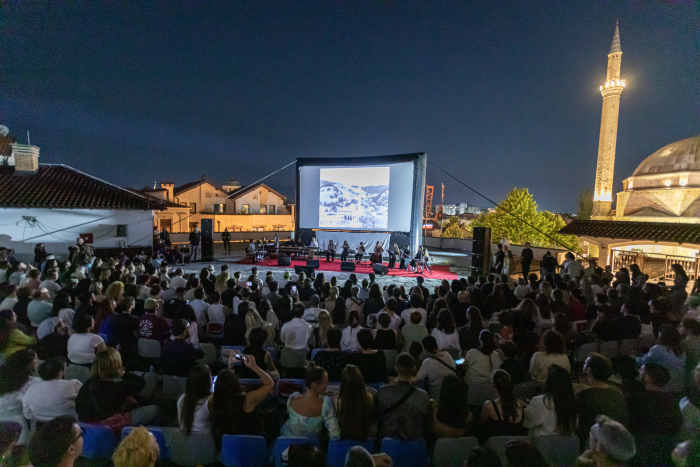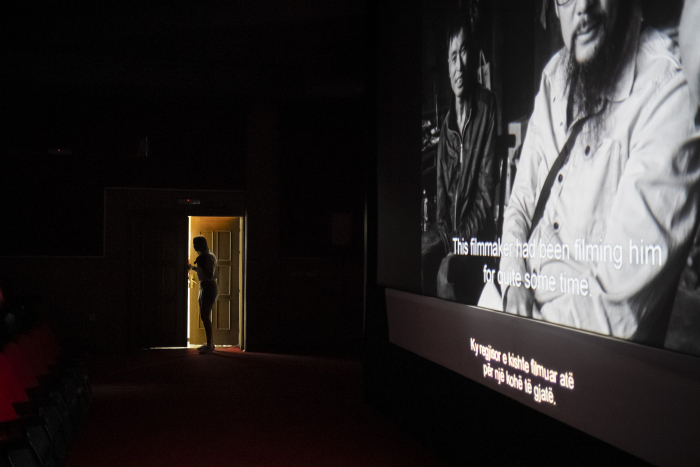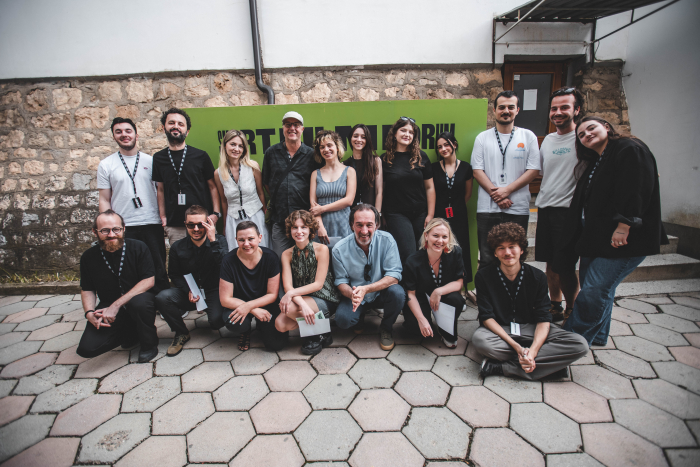August 4, 2019

The third feature length release from Brett Story reveals a world haunted by the spectre of global warming. Shot in its entirety in August (2017) Story wanders through the five boroughs of New York City, asking ordinary Americans, “How are you feeling about the future?” The mosaic that emerges is a mirror of a society on the verge of catastrophe, registering the anxieties, distractions, and survival strategies that preoccupy civilian life. With composition as elegant as its content, I cannot emphasis enough how our audiences need to see this film.
DokuDaily: You’re an economic geographer by trade, what is that? And how does that bleed into your film?
Brett Story: All that means is that I got a PhD in geography, human geography in particular. I like to tell people that geography is like a sociology of space. I study how people produce spaces, and how spaces in turn organize the world and organize how we exist in the world. I think a lot about cities, how cities are constructed. How the world is socially produced, and that informs all of my films. My films are very much about locations. Not just who people are and what they think, but how who we are and what we think is informed by the places that we inhabit and vice versa.
The Hottest August was filmed in August, 2017. Statistically speaking, this wasn’t the hottest August in American history. Does the film’s title refer to a world that’s simmering towards its boiling point?
Yes, absolutely. I mean the film is a lot about anticipation, right? It’s not just that it is or that we knew that it definitely would be the hottest august, but that we’re living in a time in which we can basically anticipate that most months will be the hottest month on record. That says something about the world that we live in, it’s not just that climate change exists, but that we feel its catastrophe upon us at every moment. The film is interested in how we live, under those kinds of conditions. Also, the idea of the heat has a double meaning. Heat also refers to tensions brewing under the surface. When things are heating up, it’s like tensions are coming to a head. I feel like that’s very true, and it was certainly very true that month. We couldn’t predict exactly what was going to happen, but it turned out that neo-Nazi’s marched in Charlottesville. The film is really trying to think across both the weather as a marker of living in the climate change era, also social tension as a condition of life in the climate change era.
You said your job interrogates how spaces shape humanity. Does the weather bleed into space? It effects the space. We think of space as something that’s material, while the weather has material symptoms, it’s an abstract sort of thing.
Sure, but the planet isn’t. Thinking about nature, one of my own frustrations with a lot of climate change films is that they end up kind of reproducing the idea that nature is something separate from us. That there are polar bears, over there. That there are melting ice caps, over there. That they are somehow distinct from cities and high rises and social life. The places where people live and exist and the ways in which capitol etches itself on the landscape. Part of the project of this film was to offer a contrast to the images that we normally expect from a climate change film. It suggests that the natural environment is not a space external to community and the places where people live. When we can start thinking in more integrated terms, maybe we can come to terms with the fact that it’s our activity on the planet that makes climate change happen. That activity on the planet is organised by the massive inequalities of power and rules of capitalism that also organise all of the other problems that we’re dealing with. We hear a lot of people in the film talking about rent. I want myself to think about, and also offer audiences the opportunity to think about how peoples struggle for housing might be related to a struggle for clean drinking water. How the scarcity of resources relates to our power structures and economy structures.
The economist in your film talks about how what we’re seeing now is a build-up of centuries of tensions that’s come to its boiling point. Would you agree, or have tensions risen in conjunction with consciousness of the pending climate apocalypse?
I think it’s an expression of the way in which value has been warped and power has been allowed to accumulate. It’s much older than the past 30 or 40 years. For me, I think about climate change through the lens of capitalism and capitalism is about exploiting people and exploiting resources, for profit. If you’ve lived for centuries under rules that dictate that we should think about value just in terms of profit, then of course we’re not going to treat the planet in sustainable terms or resources in sustainable terms. I think that we’re at the most critical and catastrophic end of a much longer historic arc of treating people and the planet really badly.
Capitalism has existed since the industrial revolution, so maybe 200 years. Is it normal that everything is imploding so quickly? The planet has existed for millennia, yet we’ve managed to destroy it within a very short amount of time.
Sure. But think about colonialism, that at its roots has early capitalist motivations. The motivation to expand empires, to expand the holdings of monarchs and through the exploitation of resources in other countries. Technologically, we’ve advanced processes that were already in place in terms of exploiting people and exploiting the planets resources for the sake of profit in the hands of the few. That’s what’s scary about it, because our capacity is only going to increase unless we dramatically change things now.
Screening details:
Story will be present at both sessions for post-film Q&A.
- 04 Aug, 20:00, DokuKino
- 06 Aug, 18:00, Lumbardhi Indoor
